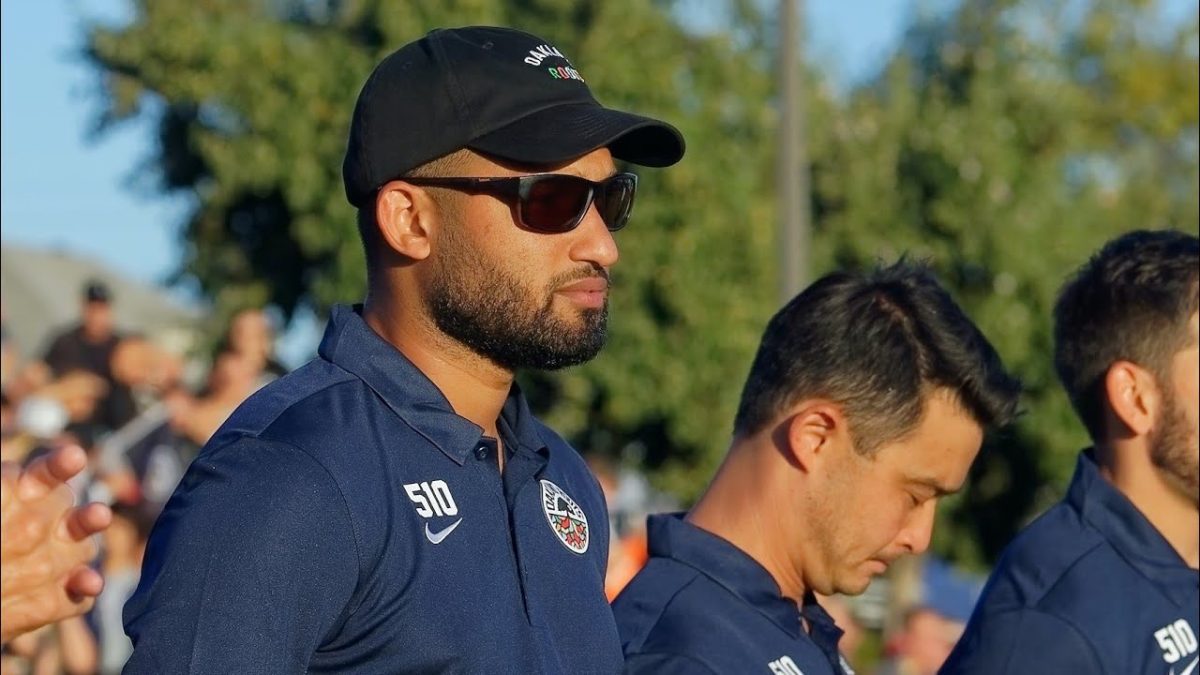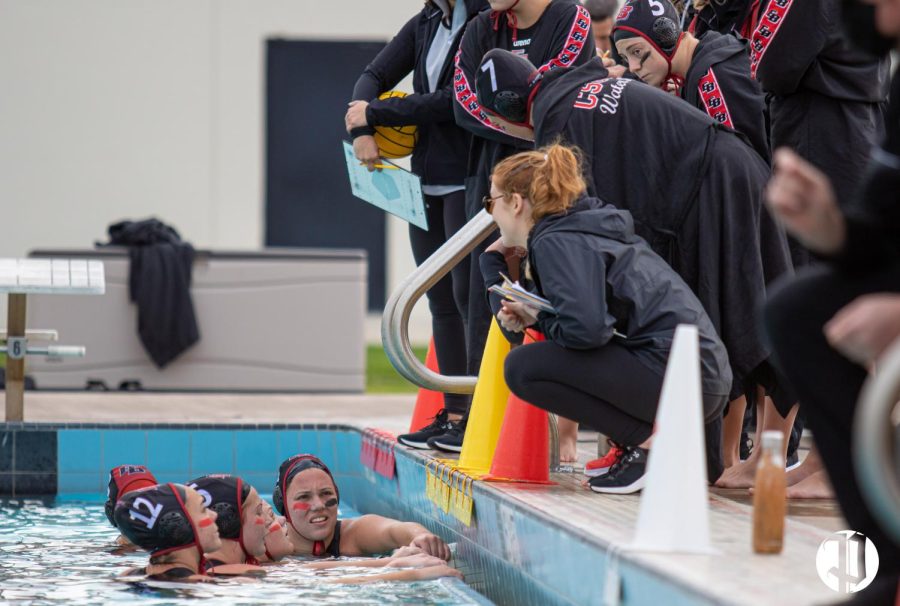Every year when school is let out for the summer, students return home, some never returning to campus.
The struggles of the economy have had an effect on everyone, especially students.
Last year alone approximately 25 percent of students at the freshman and sophomore levels did not return, according to American College Testing, with a majority of those citing economic problems.
These struggles have had an impact on Pioneer sports as well. This year, women’s softball and volleyball lost members of their squad due to financial hardship.
Softball player Tia Wunder was forced to move back to her hometown of Reno, Nevada after her parent’s separation.
“I had no other options,” said Wunder. “My dad couldn’t afford for me to live away anymore. I had to move home so there would be a second income again.”
Wunder’s story is no different than what is happening across the country. Despite utilizing all available subsidized loans and participating in the Western Undergrad Exchange Program, the costs were still too high.
“At first things weren’t so bad because my parents together made enough to live comfortably,” Tia explained.
With no other options, Tia returned home, to enroll at the University of Nevada, Reno to stay on track for graduation.
Although slightly cheaper than CSU East Bay, Tia works five days a week, averaging 20-30 hours a week at a medical supply warehouse so she can afford her education.
While she isn’t destitute, Wunder claims that after paying for her schooling and helping with bills at home, there is little left for her.
Fortunately for Wunder, Nevada offers a scholarship to all high school graduates in varying amounts up to $10,000 over six years. While the $720 a quarter she collects doesn’t go far, it helps alleviate the pressures of a full semester course load and balancing work.
“The hardest part of moving home was being forced to give up the sport I loved for over 12 years,” said Wunder. “A sport that I shed blood, sweat and tears in.”
She isn’t alone. Nina Taufa’asau-Vincent also was forced to leave CSUEB due to finances.
“The scholarships and financial aid just didn’t cover the expenses,” Taufa’asau-Vincent said. “The costs were too high and my parents just couldn’t cover the gaps.”
Although Taufa’asau-Vincent wasn’t forced to give up her beloved sport, it was no easy transition moving home.
“It’s been rough,” she said. “Money is tight, and even living at home and going to school is difficult. I never know if my next quarter is going to be my last quarter. Athletes have it better and cheaper than anyone else, but it still is expensive.”
A recent report done by Ithaca College researchers found that even with a “full ride” scholarship, student athletes are typically short-funded nearly $3,000 a year, leaving the student to figure out how to cover the gaps.
Due to decreasing amounts of scholarships available, more pressure has been put on students to fund themselves through school, adding pressure to an already packed schedule.
CSUEB baseball player Nicholas McManus has been forced to rely solely on student loans and grants to get by.
“The economy has played a huge part in my life, “said McManus. “I’m not on scholarship, partly because there are none to give, and with no time to work because of school and athletic requirements, it adds a level of stress to an already stressful life.”
Debt amongst college graduates is on the rise, increasing to an average $17,326 for California graduates, according to College Access and Success.
With 48 percent of graduates leaving school with debt, it’s a cause for concern for students left with few options and even fewer answers.
CSUEB averaged nearly $15,000 in debt per graduate, with 34 percent of graduates in debt, according to The Project on Student Debt.
This creates more problems for graduates as the current unemployment rate for recent graduates skyrocketed to the highest annual rate on record of 8.7 percent in 2009, up from 5.8 percent in 2008, according to the report from The Project on Student Debt and the Class of 2009.
Across the campus student athletes are facing the difficult decision, “do I take out loans in order to do what I love to do, or do I quit a passion of mine and work full time in order to afford my education?”











